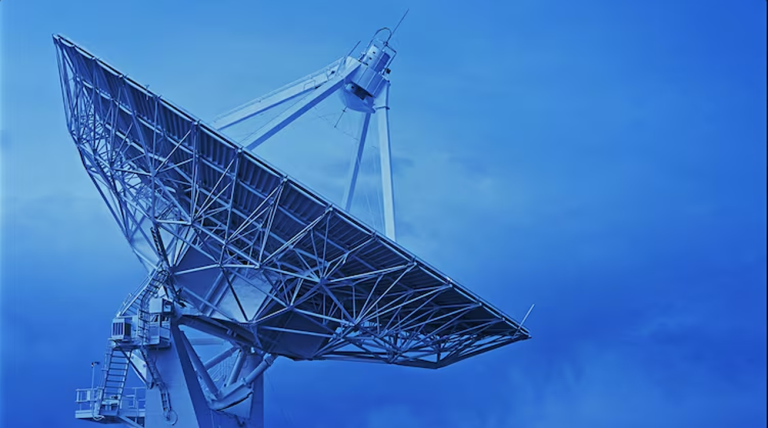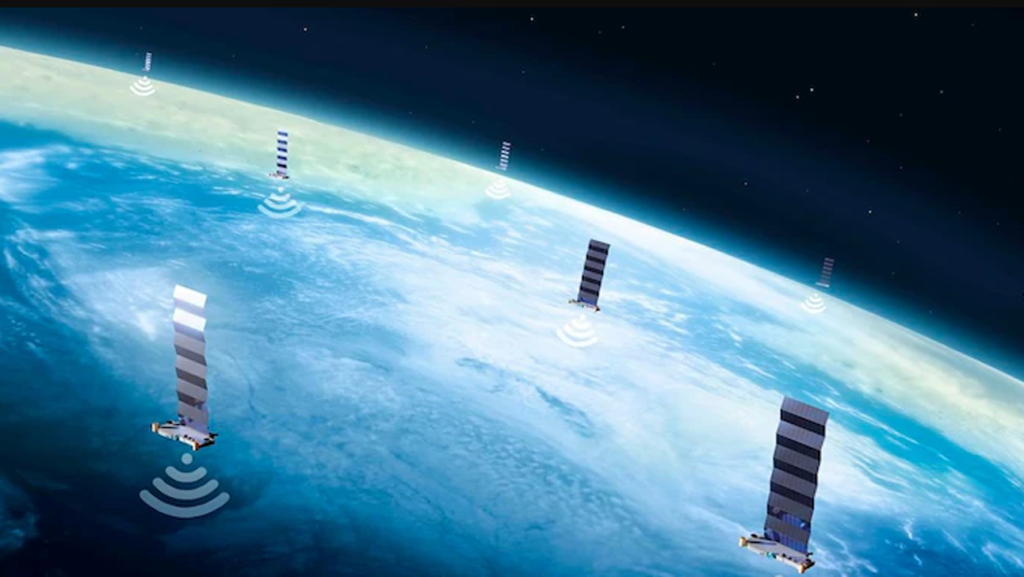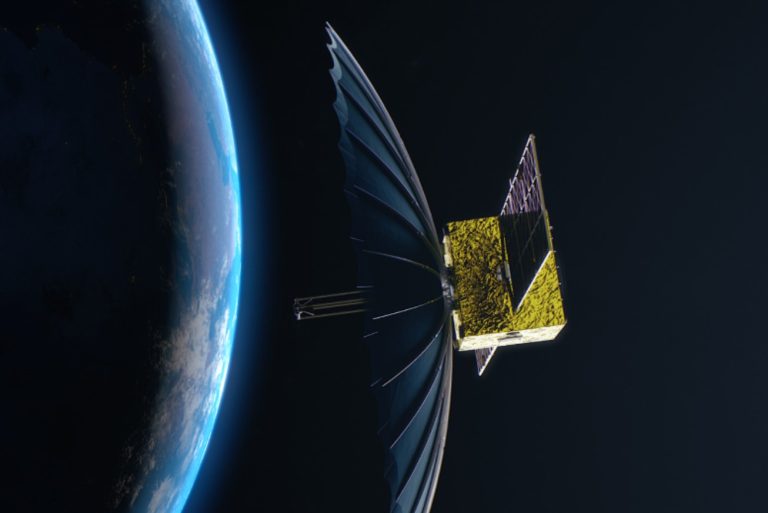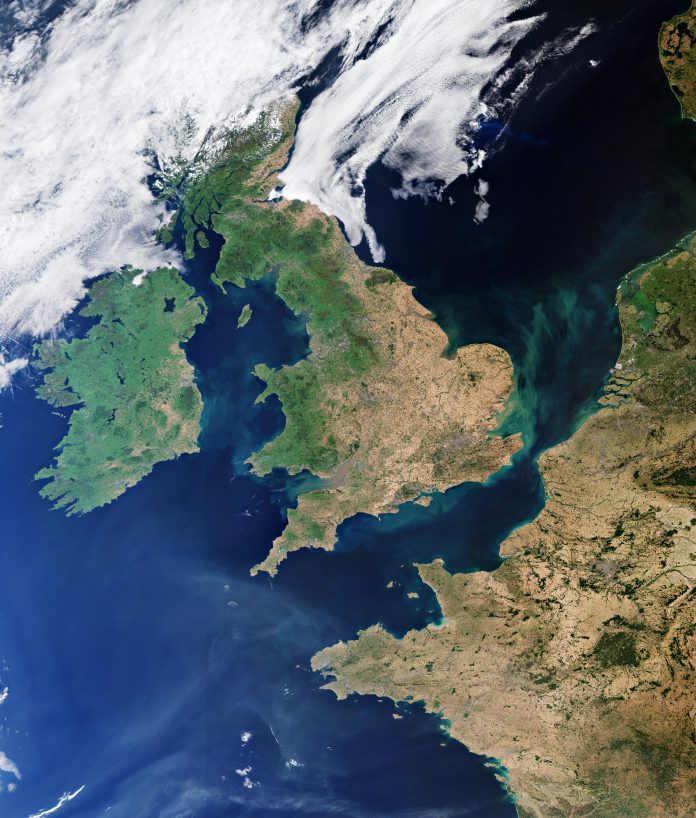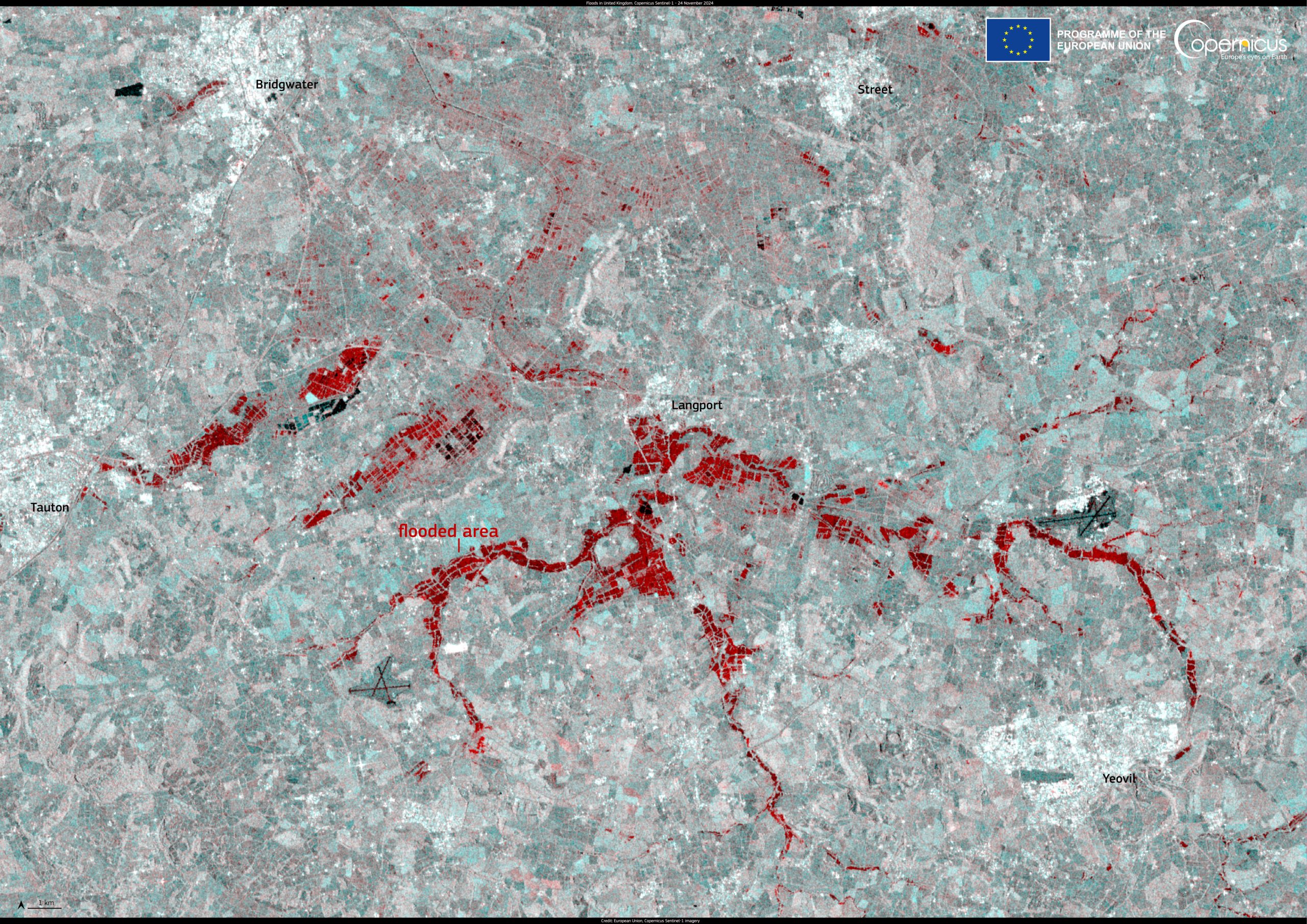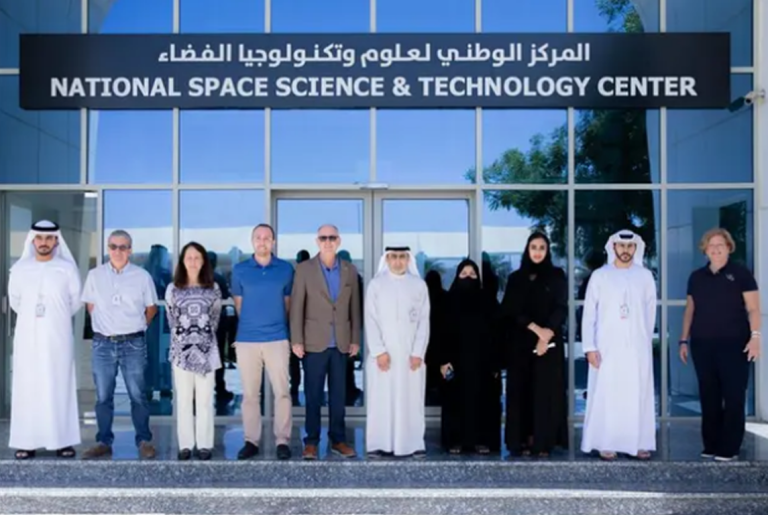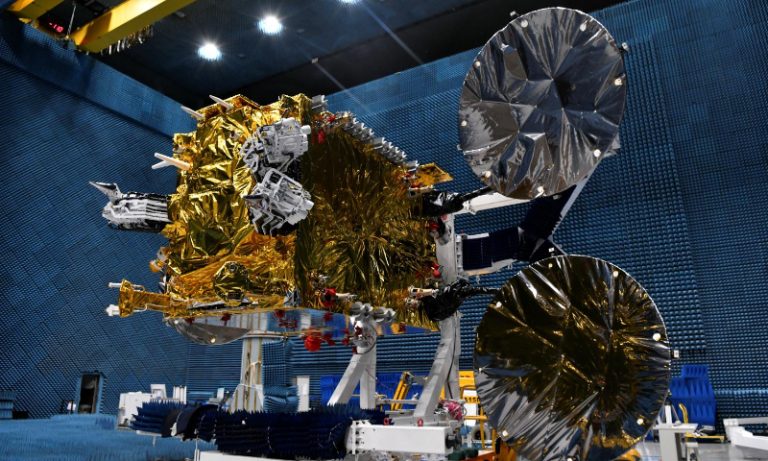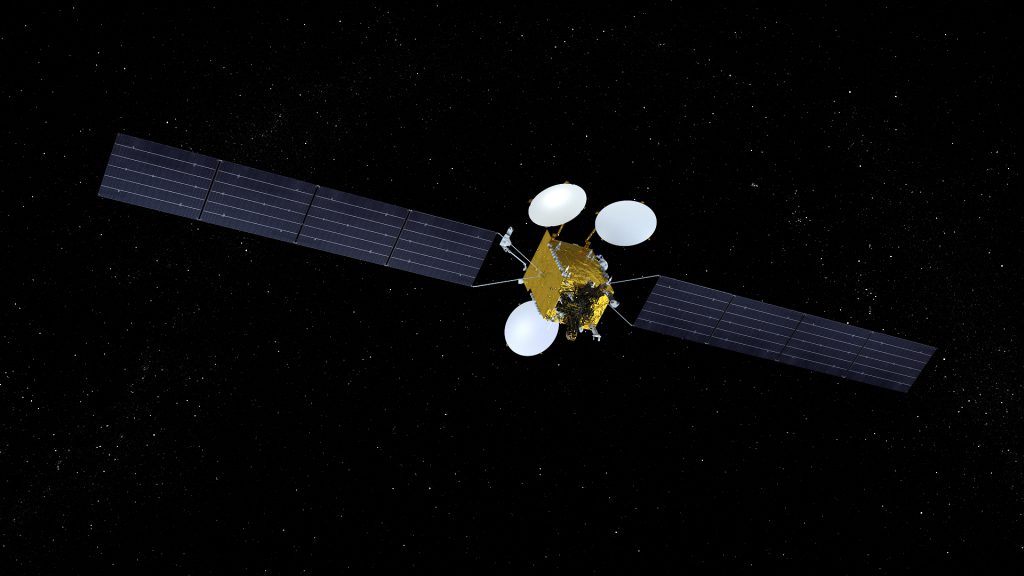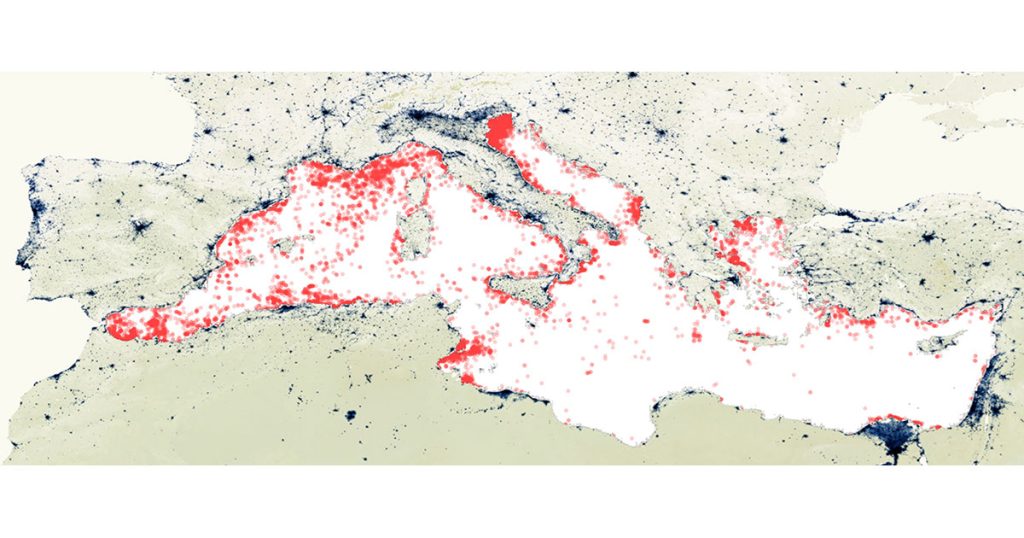Aetherflux Secures $50M Funding to Revolutionize Space Solar Energy in 2026
Aetherflux is on a mission to revolutionize energy production by harnessing solar power from space, with a significant funding boost that will help them achieve their goals.
Summary
- Aetherflux has raised $50 million in Series A funding.
- The startup aims to launch its first satellite in low Earth orbit in 2026.
- Founded by Baiju Bhatt, co-founder of Robinhood.
- The company plans to create a constellation of satellites to collect solar energy.
- The technology is inspired by Isaac Asimov’s 1941 short story “Reason.”
- The funding will be used to hire engineers and develop technology.
- Aetherflux will use Apex Space’s Aries satellite bus for its missions.
- The goal is to demonstrate end-to-end power linking from space to Earth.
- The startup is evaluating military sites for its first ground station.
- Aetherflux aims to create portable ground stations for remote areas.
- The company has received support from notable investors, including Bill Gates.
- Previous successful missions in space solar power have been limited.
- Aetherflux’s approach is focused on scalability and commercial viability.
- The startup has a total funding of $60 million, including Baiju Bhatt’s personal investment.
- The technology could significantly impact energy access globally.
- Aetherflux is part of a growing interest in space-based energy solutions.
A big milestone for @AetherfluxUSA : The Department of Defense’s Operational Energy Capability Improvement Fund (OECIF) announced it approved Aetherflux’s program, AETHER, for funding to develop space solar power for the U.S. military. OECIF invests in science and technology… pic.twitter.com/iMTEqCIpag
— Baiju Bhatt (@BaijuBhatt) February 25, 2025
Introduction
Aetherflux is making waves in the energy sector with its ambitious plans to harness solar power from space. Founded by Baiju Bhatt, the billionaire co-founder of Robinhood, the startup has recently secured $50 million in a Series A funding round. This funding will help Aetherflux launch its first satellite in low Earth orbit by 2026. The concept of collecting solar energy from space is not just a dream; it is a vision that Bhatt is determined to turn into reality.
The Vision Behind Aetherflux
The idea of collecting solar energy from space has been around for decades, but Aetherflux aims to make it a practical reality. The inspiration for this venture came from Isaac Asimov’s 1941 short story “Reason,” which envisioned a future where humans could harness energy from the cosmos. Aetherflux’s goal is to create a constellation of satellites that can collect solar energy and transmit it directly to ground stations on Earth.
Funding and Support
The recent funding round has brought Aetherflux’s total funding to $60 million, thanks to Bhatt’s personal investment of $10 million. The Series A round was led by Index Ventures and Interlagos, with participation from notable investors like Bill Gates’s Breakthrough Energy Ventures, Andreessen Horowitz, and NEA. This diverse group of investors highlights the growing interest in space-based energy solutions.
Technology and Infrastructure
Aetherflux plans to use Apex Space’s Aries satellite bus for its missions. The satellite bus is the core structure of a satellite, providing essential functions like power, propulsion, and communications. Most satellite buses generate power through solar panels, and Aetherflux aims to convert this power into laser energy that can be beamed back to Earth.
The receiving end will consist of ground stations equipped with photovoltaic arrays. These arrays will convert the laser energy into electricity, which can then be stored in batteries for later use. Bhatt and his team, composed of engineers and researchers from organizations like NASA, SpaceX, and Lockheed Martin, are also working on building the first ground station. While a specific location has not been finalized, military sites are being evaluated for their controlled airspace.

The Future of Space Solar Energy
Aetherflux’s vision extends beyond just launching a satellite. The company aims to develop small, portable ground stations that can provide electricity to remote locations. This could be a game-changer for communities that lack access to reliable energy sources.
Challenges and Opportunities
While Aetherflux is paving the way for space solar energy, the journey is not without challenges. Few have successfully transmitted solar power from space to Earth. One notable achievement was in 2023, when researchers at Caltech’s Space Solar Power Project demonstrated wireless power transfer from low Earth orbit using microwave beaming. However, Aetherflux aims to create a scalable and commercial system that can meet global energy demands.
Conclusion
Aetherflux is at the forefront of a revolutionary approach to energy production. With significant funding and a clear vision, the startup is poised to change how we think about solar energy. By harnessing the power of the sun from space, Aetherflux could provide a sustainable energy solution for the future.
Facts
-
-
The idea of space-based solar power was popularized by science fiction writer Isaac Asimov in his 1941 story “Reason.”
-
Baiju Bhatt, before founding Aetherflux, co-founded Robinhood, a company that revolutionized commission-free trading.
-
Aetherflux’s satellite will utilize laser technology to transmit energy, a method that offers precise targeting and minimal atmospheric interference.
-




